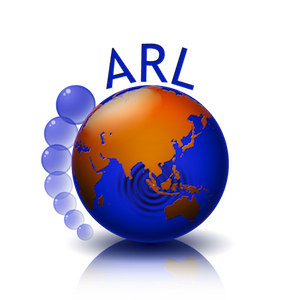News Highlights
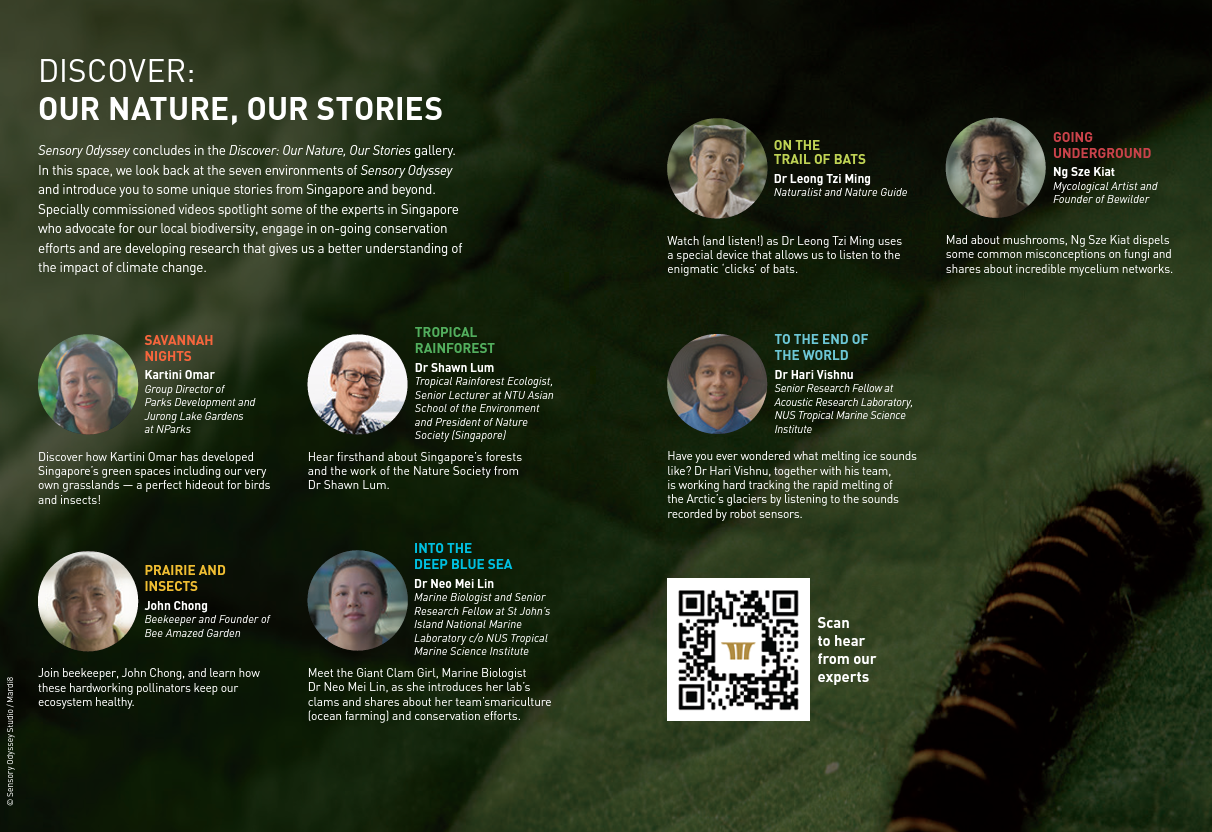
The “Sensory Odyssey” exhibition at the Singapore Art Science Museum features our research on glacier acoustics
The “Sensory Odyssey” exhibition at the Singapore Art Science Museum features Dr. Hari’s research on glacier acoustics. The rapid melting of the Arctic’s glaciers is being tracked by listening to the sounds recorded by robot sensors. This exhibition aims to spotlight researchers in Singapore on their on-going conservation efforts and showcase developing research that gives us a better understanding of the impact of climate change.
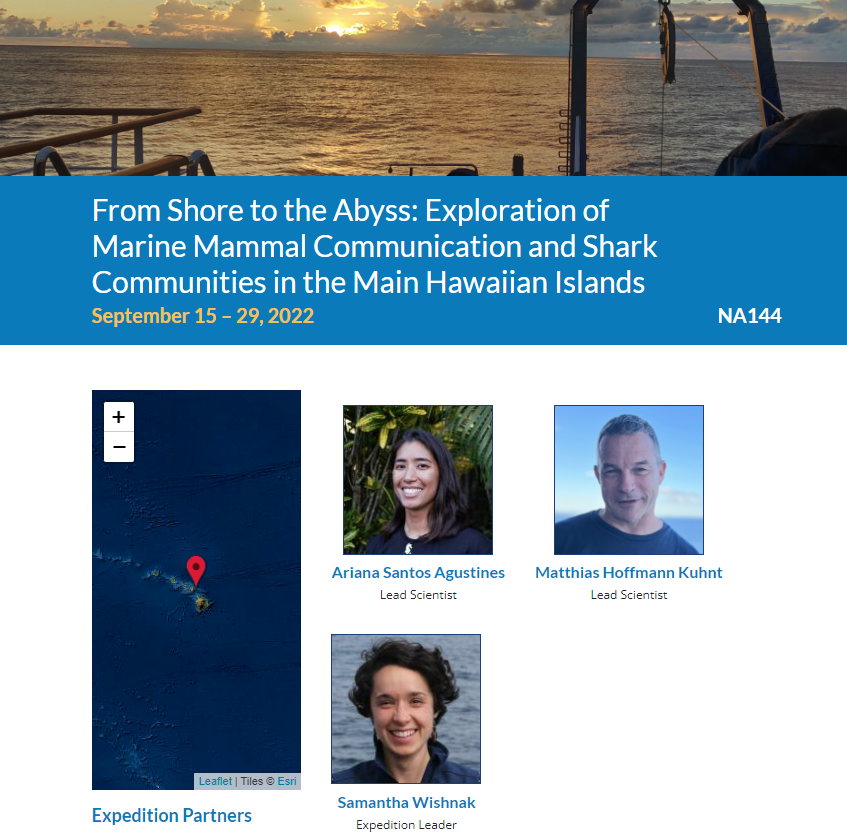
Dr. Matthias Hoffmann Kuhnt and Abel Ho team up with National Geographic Society to study marine mammal communication at Maui and Hawaiʻi island
In the first leg of the brand-new expedition series From Shore to the Abyss, we are teaming up with the National Geographic Society to study shallow waters near Maui and Hawai’i island. This project will pilot new advancements in tech and enable an enhanced scientific understanding of marine animals and their environment. The marine mammal team will conduct acoustic recordings of the underwater soundscape in different nearshore environments to analyze

Our glacier acoustics talk is featured in the German edition of MIT Technology Review
Arktis: Mit Unterwasser-Mikrofonen dem nächsten Gletscherabbruch auf der Spur. Forscher wollen besser verstehen, was genau beim Schmelzen der Gletscher passiert. Deshalb lauschen sie dem Knacken von Luftblasen im Eis. Der Hornsund ist der südlichste Fjord Spitzbergens. Umgeben von schroffen Bergspitzen, Tafelbergen und beeindruckenden Gletscherfronten gilt er als einer der abwechslungsreichsten und schönsten des Svalbard Archipels. Die verzweigte Bucht erstreckt sich 25 Kilometer ins Landesinnere. Wie überall in der Arktis, so

Dr. Hari Vishnu delivered a talk on Studying Climate-change induced Arctic ice melting
The Arctic is one of the focal points of global climate change, with surface temperatures rising twice as fast as the rest of the world. A significant component of the global sea-level rise is attributed to melting glaciers and ice-caps such as those found in Svalbard in the Arctic. Underwater melting at the glacier-water interface accounts for a significant component of the ice lost from marine-terminating glaciers. This melting produces
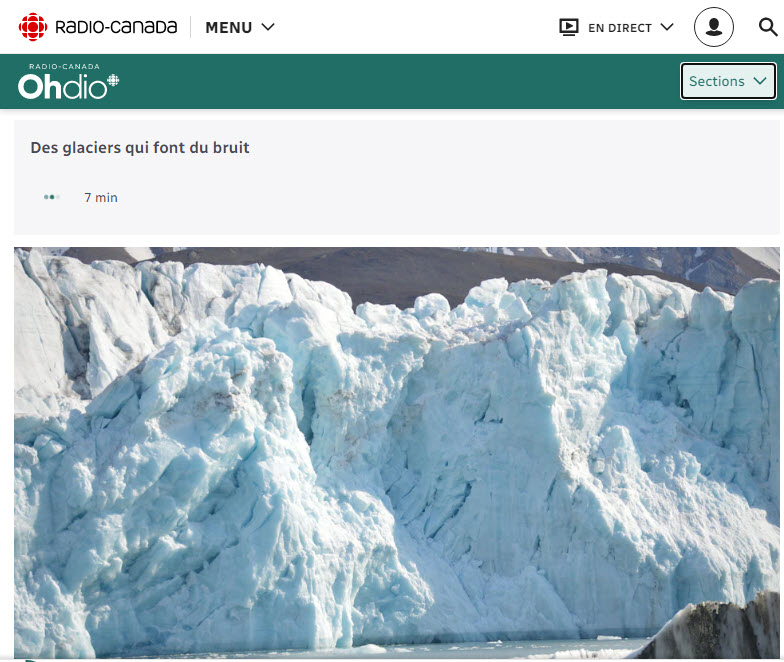
Radio-Canada reports on our ASA Meeting’s talk on submarine melting acoustics
Un groupe international de chercheurs en océanographie et en acoustique a réussi à enregistrer, sous l’eau, le bruit d’un glacier qui fond. Gino Harel nous parle de leur découverte. Lors d’une expédition dans l’archipel norvégien du Svalbard, en 2019, ces scientifiques ont utilisé un système d’hydrophones pour capter le son des millions de bulles d’air qui éclatent au rythme de la fonte d’un glacier. Ils ont aussi pu établir un

One of Dr. Hari Vishnu’s work on how we can listen to air bubble sounds to gauge glacial melting, as reported in EurekAlert!
Air bubbles sound climate change’s impact on glaciers #ASA181 Melting causes accelerated ice loss at tidewater glaciers, releasing pressurized bubbles Reports and Proceedings ACOUSTICAL SOCIETY OF AMERICA

PHYS.ORG features our talk on acoustics of submarine melting in glacial bays
As the world’s temperatures rise, tidewater glaciers are receding and melting, releasing air trapped in the ice. Scientists can listen to the release of the air and potentially use the sounds to help them gauge the impact of climate change on the ice floes.

Dr. Venugopalan Pallayil elected VP of Technical Activities, Oceanic Engineering Society 2021-2022
As the Vice-President of Technical Activities in the Oceanic Engineering Society, Dr. Venugopalan Pallayil will be managing the Distinguished Lecturer Programme, Chapter Activities and Technology Committee Activities for the period 2021-22.

IEEE Transmitter interviews Dr. Bharath Kalyan on Oceanic Engineering and marine robots
Oceanic engineers are researching and using technology to explore our ocean water in ways we have never been capable of in the past. In honor of World Water Day on March 22, we connected with IEEE member Bharath Kalyan, also a member of the IEEE Oceanic Engineering Society, to learn more about oceanic engineering and how marine robots, such as autonomous underwater vehicles (AUVS) and remotely operated vehicles (ROVs), are

Journal article on glacier acoustics featured on cover page of the Journal of the Acoustical Society of America (Vol. 148, No. 6)
Arctic glacial bays are among the loudest natural environments in the ocean, owing to heavy submarine melting, calving, freshwater discharge, and ice–wave interactions. Understanding the coherence and vertical directionality of the ambient sound there can provide insights about the mechanisms behind the ice loss in these regions. It can also provide key information for operating technologies such as sonar, communication, and navigation systems. To study the unexplored sound coherence and

Dr. Matthias Hoffmann-Kuhnt awarded the National Geographic Explorer fellowship
Every year National Geographic brings together explorers, scientists, and storytellers from around the world to share their discoveries and insights—along with their solutions for creating a more sustainable future. Apart from his research in dolphin and whale communication, Dr. Hoffmann-Kuhnt is working to identify and localize bird vocalizations by analyzing soundscape data collected using smart acoustic monitoring devices. These efforts contribute towards measuring and monitoring biodiversity and ecosystem health.
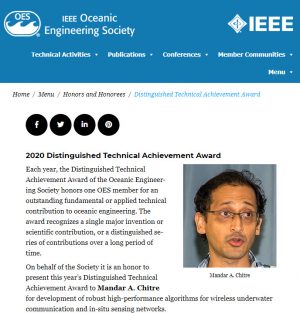
Prof. Mandar Chitre presented the 2020 Distinguished Technical Achievement Award
Each year, the Distinguished Technical Achievement Award of the Oceanic Engineering Society honors one OES member for an outstanding fundamental or applied technical contribution to oceanic engineering. The award recognizes a single major invention or scientific contribution, or a distinguished series of contributions over a long period of time.

